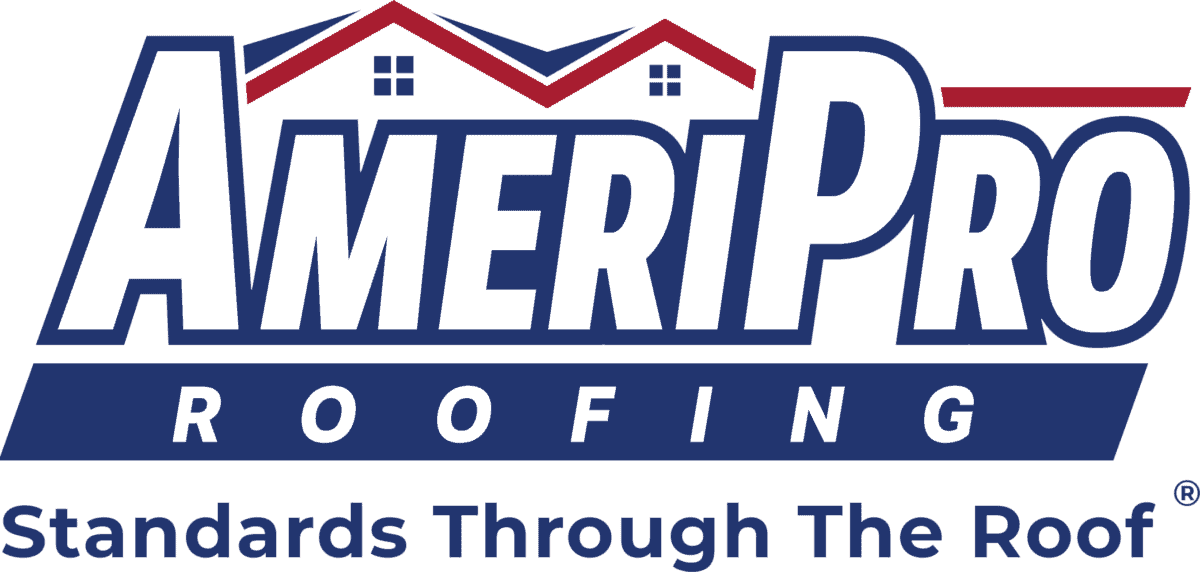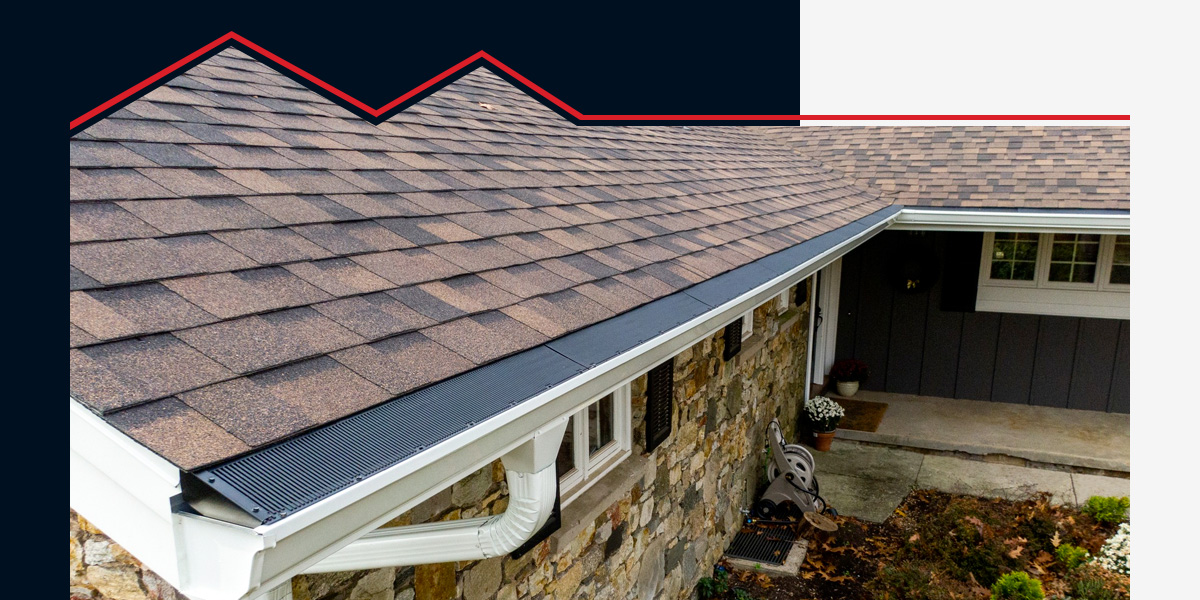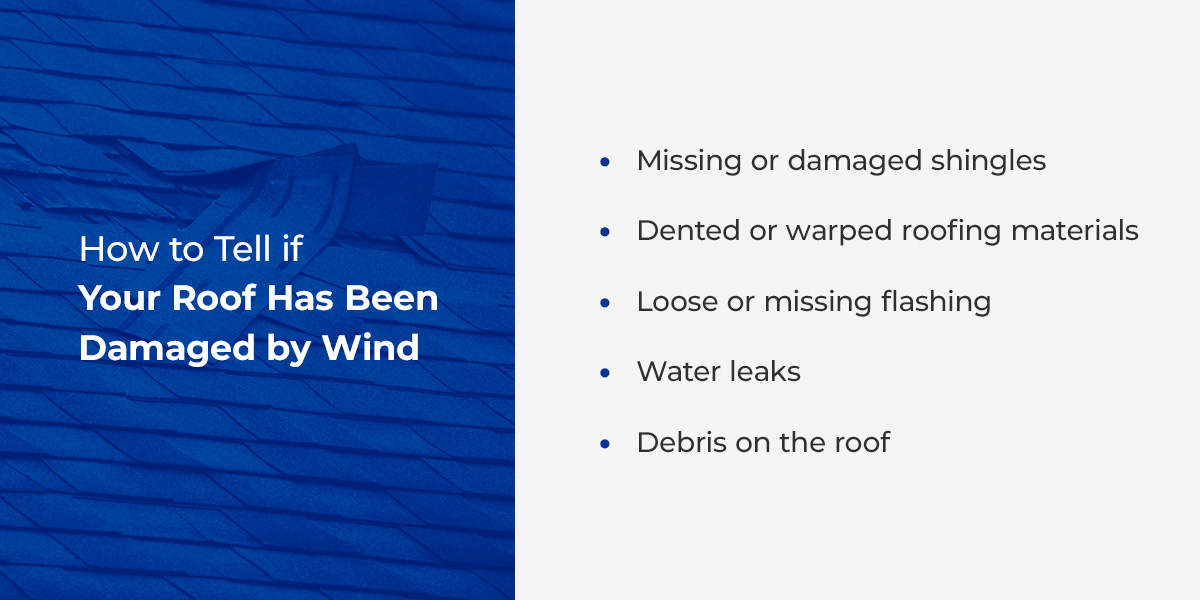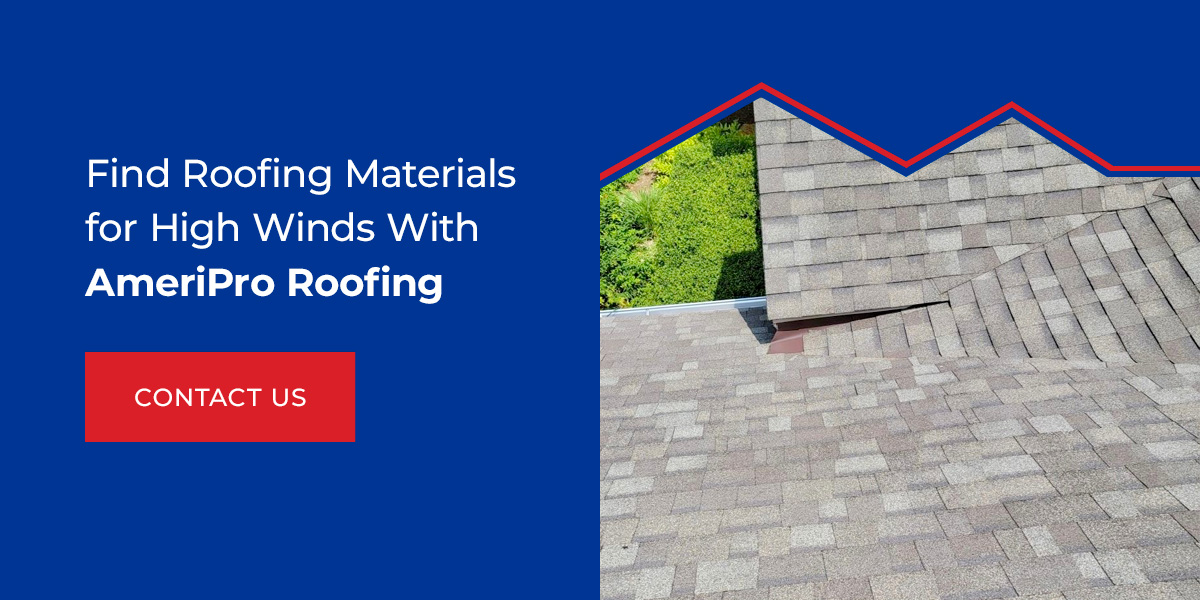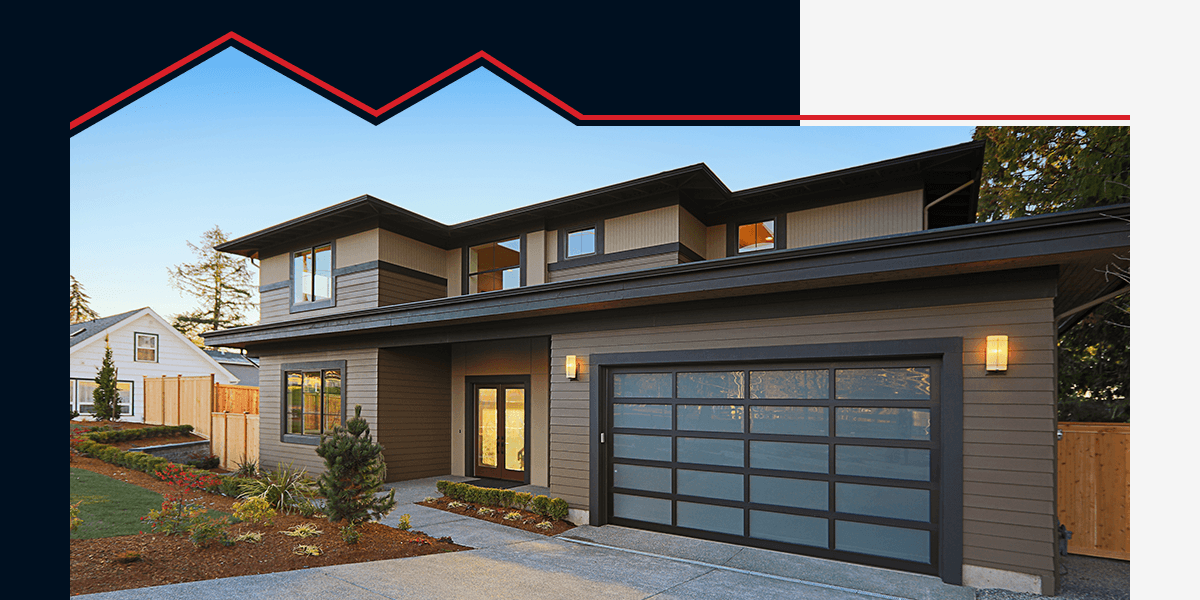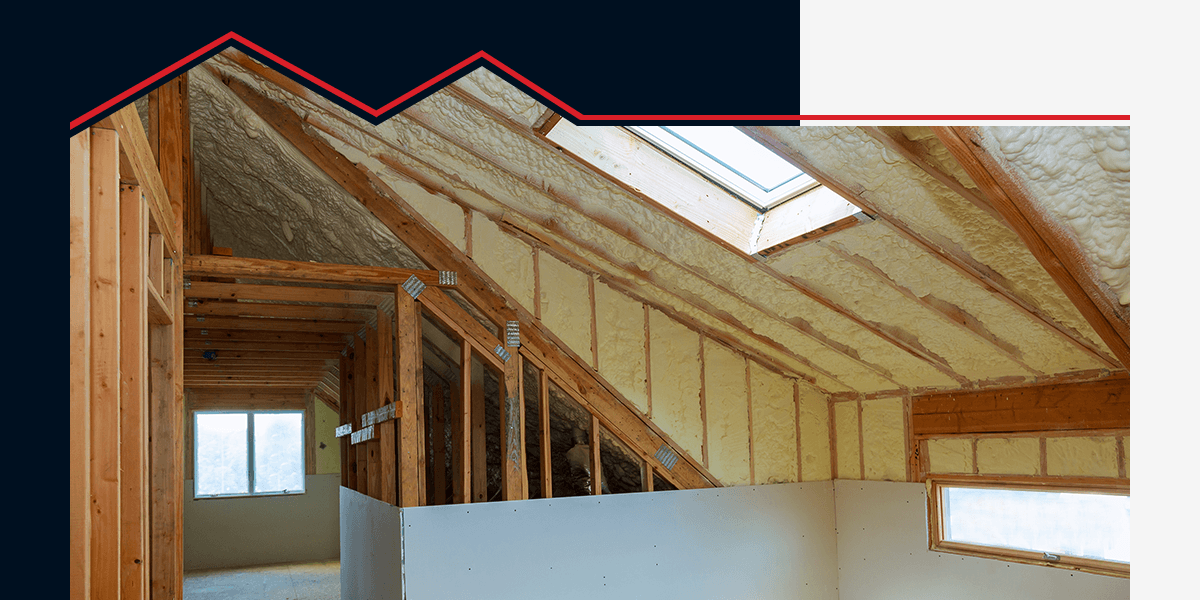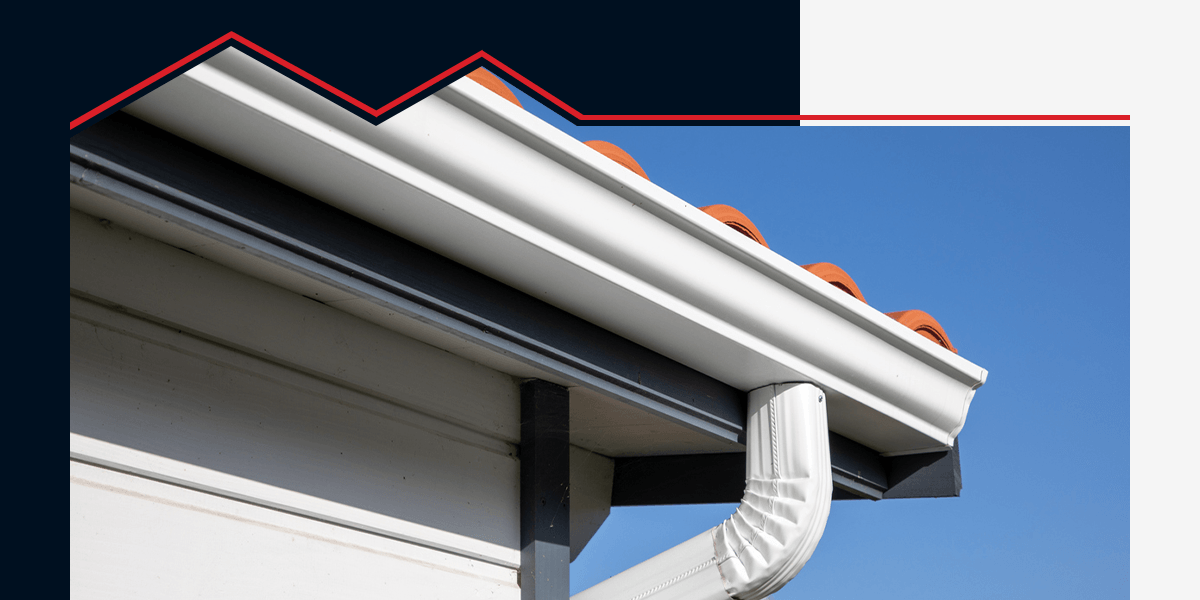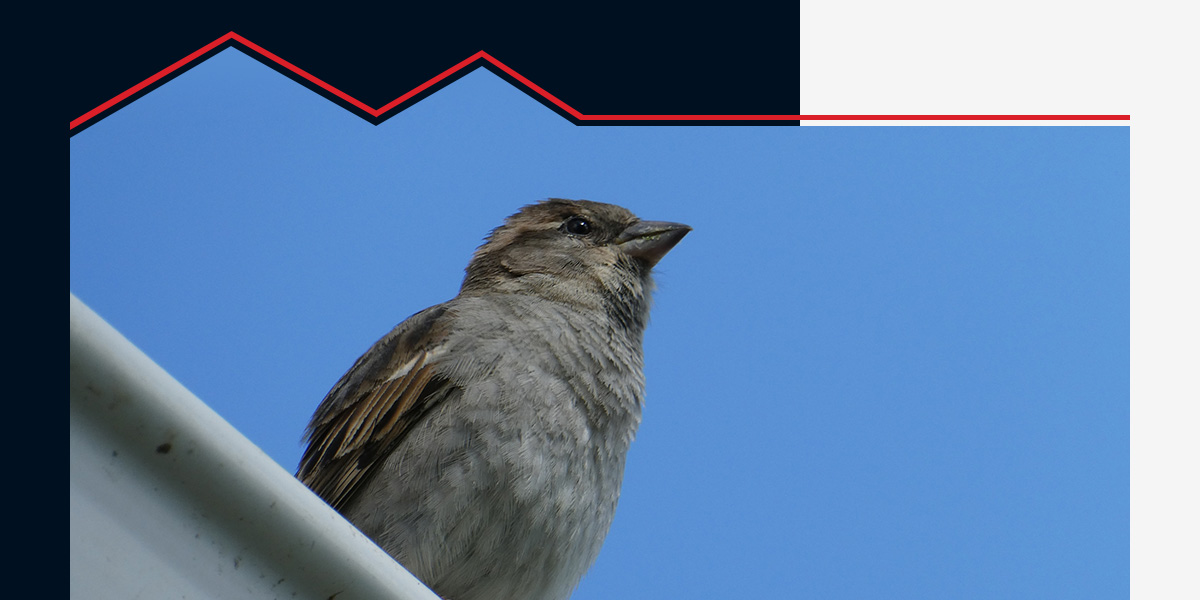Roofing Materials That Stand Up Against Wind Damage
Are you worried about the damage that high winds could do to your home’s roof? When the wind starts howling and the trees start swaying, it’s natural to feel a sense of unease — especially if you live in an area prone to high wind.
Your roof is your home’s first line of defense against the elements. If it’s not strong enough to withstand the toughest conditions, your home could be at risk of severe damage. But fear not — with the right roofing materials, you can rest easy knowing your home is protected, even in the face of strong gusts and turbulent weather.
Where Are the Most Common High-Wind Areas in the United States?
Choosing the right materials can make all the difference in protecting your home from wind damage. But before we dive into the various options, let’s take a closer look at where wind damage is most likely to occur in the United States.
Regions with a history of severe weather patterns, including hurricanes, tornadoes and severe thunderstorms, typically experience the highest winds in the U.S. These areas, commonly referred to as “wind zones,” primarily exist in the southeastern and southwestern parts of the country.
Homes and other buildings along the Atlantic and Gulf Coasts, which include Florida, Georgia and the Carolinas, are particularly susceptible to hurricane and thunderstorm-related wind damage. In the southwest, wind zones exist in areas prone to desert-like conditions, such as California, Arizona and Nevada. In these areas, high winds are often associated with dust storms and monsoon-like conditions.
Other areas that are prone to high winds include the Midwest and the Great Plains. Tornadoes and severe thunderstorms occur in these areas and can cause significant damage to homes and businesses.
How Can Wind Damage Your Roof?
Wind can cause significant damage to a roof. One of the primary reasons wind damages roofs is because of the lift it creates. When the wind blows over a roof, it can create a low-pressure area on its surface. This low-pressure area can cause the roofing materials to lift, especially at the edges and corners of the roof.
When the roofing materials lift, they can become loose, cracked or even torn away from the roof. The lift can leave the roof vulnerable to water infiltration, which can cause significant damage to the interior of the home. Water can lead to rotting of the roof deck, mold growth and other problems.
In addition to the lift created by wind, high winds can also cause roofing materials to become warped or cracked. A warped roof can compromise the roof’s structural integrity and lead to leaks and water infiltration. Poor ventilation, which is often caused by high winds, can also damage roofing materials and shorten the overall life span of the roof.
The impact of wind damage on a roof can vary depending on the wind’s strength and direction and the roofing materials’ condition. In some cases, wind damage can be relatively minor and easily repaired, while in others, it can require a complete roof replacement from professionals.
Have a professional roofer inspect your roof regularly, especially after a windstorm or other severe weather event. A professional can help identify any potential issues and ensure that your roof is solid and secure, protecting your home and family from the elements.
How to Tell if Your Roof Has Been Damaged by Wind
Wind damage can be tricky to spot, especially if you don’t know what to look for. However, there are a few signs that your roof may have been damaged by wind:
- Missing or damaged shingles: Check your roof regularly for any signs of lifted, cracked or torn shingles.
- Dented or warped roofing materials: High winds can cause roofing materials to bend or warp, which can be a sign of damage.
- Loose or missing flashing: Wind can cause flashing — the metal or plastic strips that cover roof joints and seams — to become loose or blow away.
- Water leaks: Water can enter through gaps or cracks in the roofing materials, so it’s important to address any leaks as soon as possible.
- Debris on the roof: After a windstorm, it’s a good idea to check your roof for any debris that may have landed on it, such as tree branches. Debris can cause damage to the roofing materials or even block drainage systems, leading to water damage.
What Are the Best Roofing Materials for High Wind Areas
Asphalt roof shingles are durable, affordable and provide excellent protection against wind damage, making them the best roofing materials for high winds. Using these shingles can turn your roof into the best roof for high winds. Here’s why:
- Wind resistance: Asphalt shingles are designed to withstand high winds, thanks to their heavy weight and adhesive strips that keep them firmly in place on the roof.
- Durability: Manufacturers use high-quality materials designed to last many years, even in harsh weather conditions.
- Affordability: Asphalt is cost-effective, making shingles one of the most affordable roofing materials available.
- Variety of styles and colors: Asphalt shingles are available in various styles and colors, making it easy to find a look that complements your home’s style and design.
Asphalt shingles are available in two main types: organic and fiberglass.
Organic Asphalt Shingles
Manufacturers make organic asphalt shingles from a base layer of felt that is coated with asphalt before being covered by ceramic granules. The ceramic granules enhance the shingles’ following features:
- Durability: Organic asphalt shingles are made from a thicker layer of asphalt than fiberglass shingles, making them more durable and longer-lasting.
- Appearance: Organic shingles have a more traditional, textured look that many homeowners find appealing.
- Sound insulation: The thicker layer of asphalt in organic shingles also provides better sound insulation, reducing noise from the outside.
Fiberglass Asphalt Shingles
Fiberglass asphalt shingles are coated with asphalt and covered with ceramic granules, but their base is a fiberglass mat. Fiberglass gives the shingles the following characteristics:
- Fire resistance: Fiberglass shingles are more fire-resistant than organic shingles, thanks to the fiberglass mat.
- Lightweight: Fiberglass shingles are also lighter than other materials, making them easier to install and less taxing on the roof structure.
- Energy efficiency: Fiberglass shingles have a higher solar reflectance, meaning they reflect more of the sun’s energy and can help reduce energy costs at your home.
In addition to selecting suitable roofing materials, you need to work with an experienced roofer who understands the unique challenges of installing and maintaining a roof in a high-wind area. A professional roofer can help ensure that your roof is installed correctly and provide regular maintenance to help prolong its life span and protect your home against wind damage.
Find Roofing Materials for High Winds With AmeriPro Roofing
Protecting your home from wind damage requires choosing roofing materials strong enough to withstand the toughest conditions. Fortunately, with AmeriPro Roofing, you can confidently upgrade or repair your roof, knowing you’re receiving the highest quality service and materials. As a reputable roofing contractor with years of experience, we have the expertise to install the best roofing materials for your specific location and ensure that your roof will stand up against even the strongest winds.
Our commitment to excellence is evident in the meticulous attention to detail we provide in each project. So, if you’re worried about the impact of wind damage on your roof, don’t hesitate to contact AmeriPro Roofing for a complimentary inspection.
With our skill and dedication, we’ll ensure that your roof is built to the highest standards possible, so you can rest easy knowing that your home is safe and secure.


